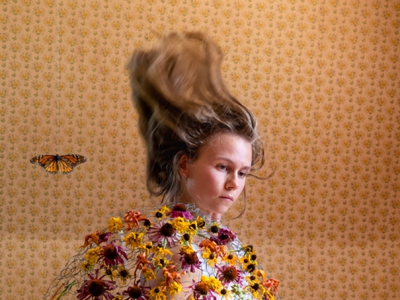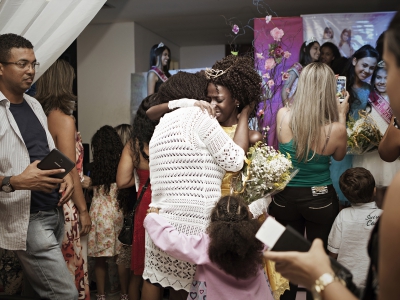Maysa
Racial Tension and Coming of Age
Published May 10, 2018
Words by
Chloe Coleman, Flash Forward 2018 Juror
Photos by Luisa Dörr, Flash Forward 2018 Winner
Photography attracts the curious. Photographers harness this curiosity to travel outside of what they know to learn about the world, whether it be physically leaving their homes to tell stories in a new place or delving into unknown aspects of their own countries. As a news photo editor who has worked the gamut of local to international news, I see the value in both types of coverage.
Many of the Flash Forward entries I was drawn to reflect the later. Some of the strongest stories I saw were done in photographers’ own backyards. They were looking at their communities, both analyzing issues and celebrating strengths. They were entering homes, showing daily life as it reflects contemporary societal struggles and the people who are facing them, often by challenging social norms.
Luisa Dörr turned her camera on her native Brazil, where she still lives and works. Her photo essay confronts racism through the life a budding model and pageant queen, Maysa. Dörr met Maysa at “Young Miss Brazil”, in April 2014, where she learned the contest has two categories, one for black young women and another for white. “Young Miss Brazil Black Beauty” was started to encourage black young women to participate.
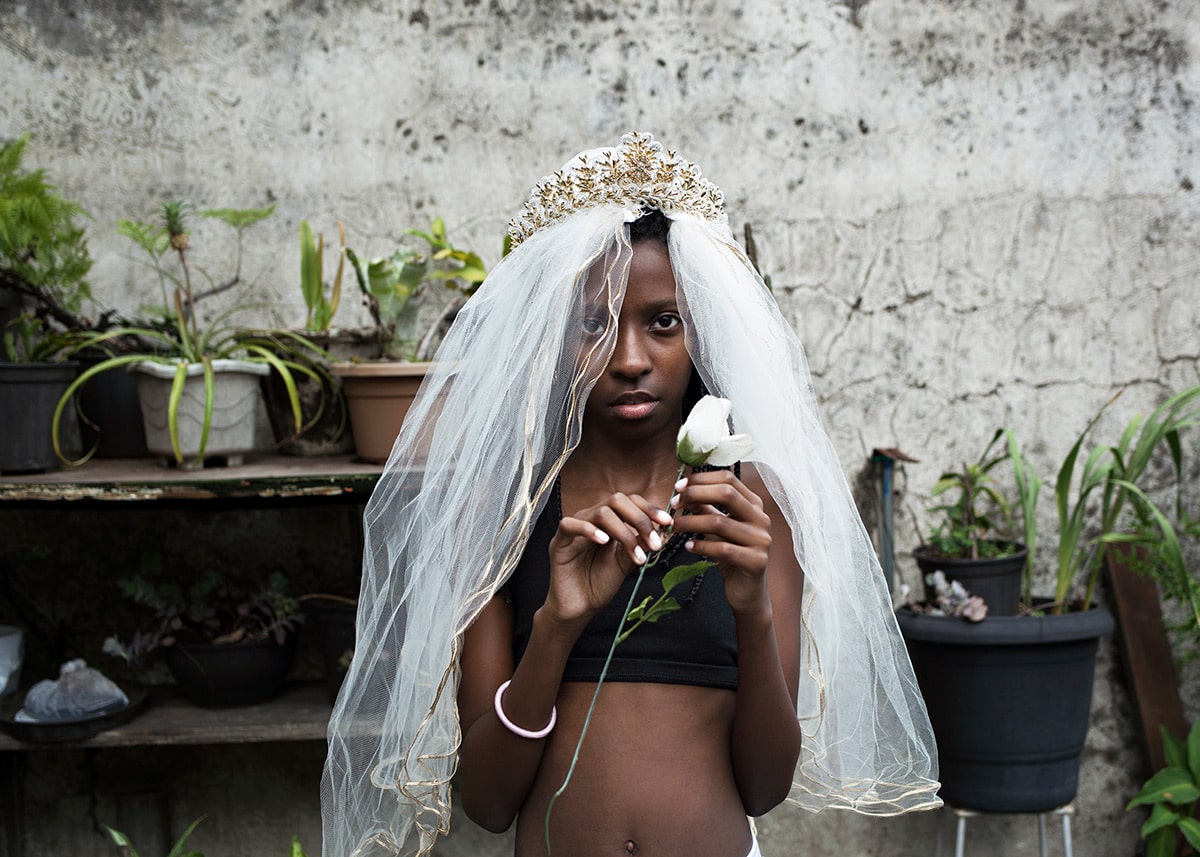
Maysa playing with her mother's veil in the garden. Brasilandia, Sao Paulo, Brazil. December 14, 2014.
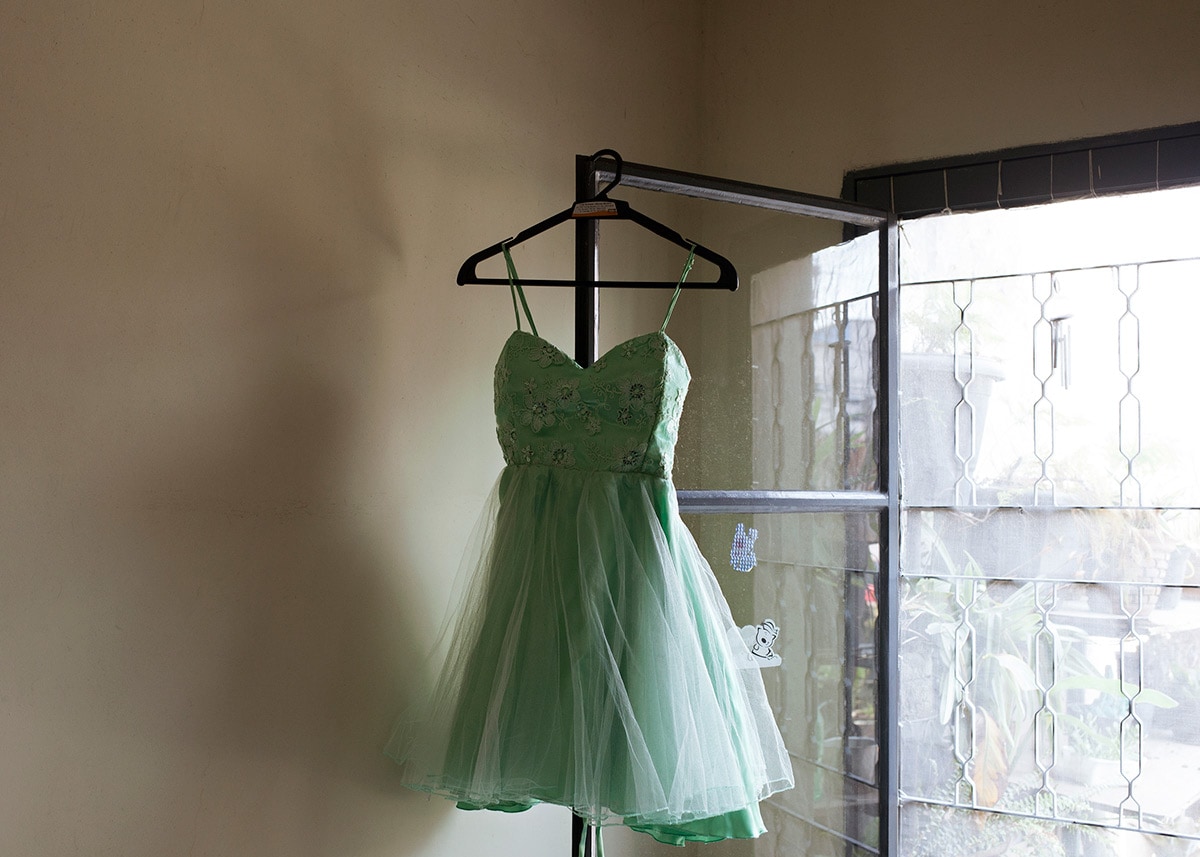
The green dress that Maysa wore when I first meet her hangs in her home. At the time, she was watching a local beauty contest, dreaming of participating in one. Brasilandia, Sao Paulo, Brazil. October 19, 2014.
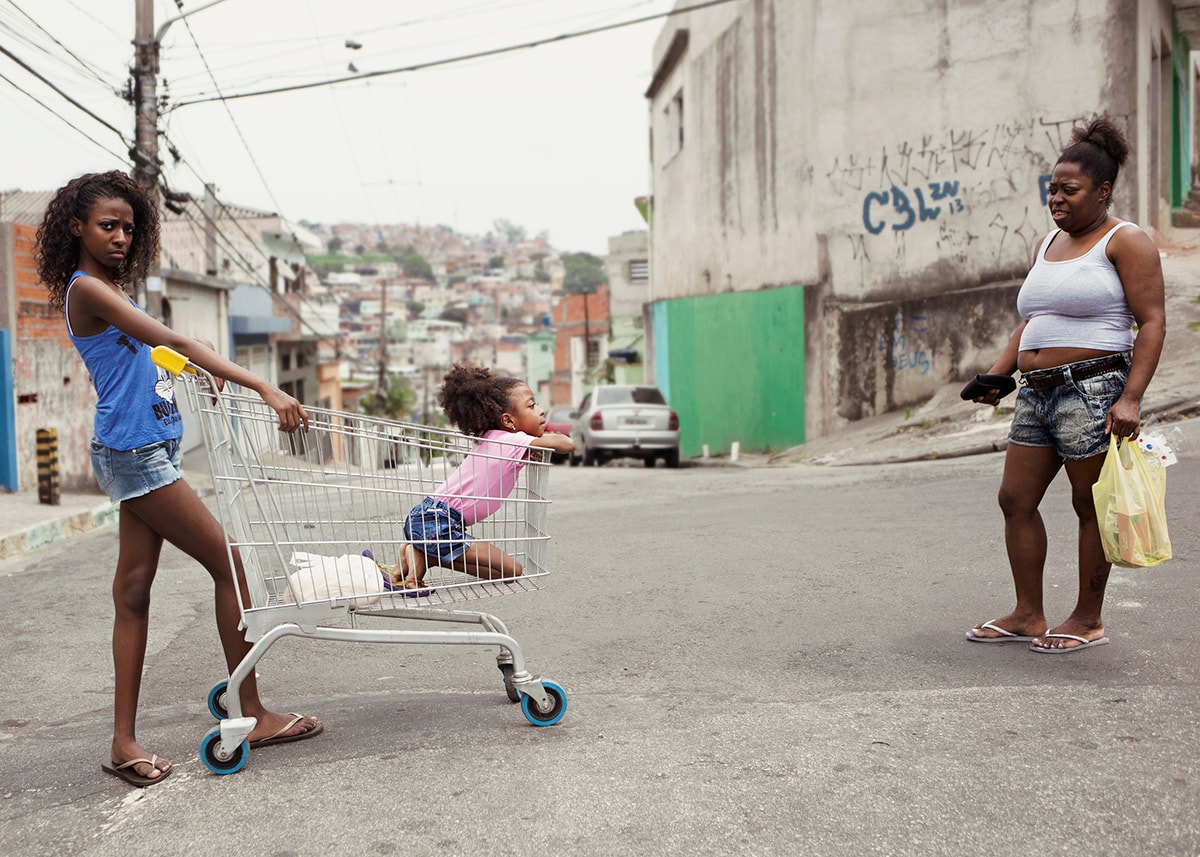
Maysa, her sister Luana, and her mother Ana return from buying bread for their breakfast. Brasilandia, Sao Paulo, Brazil. November 10, 2015.
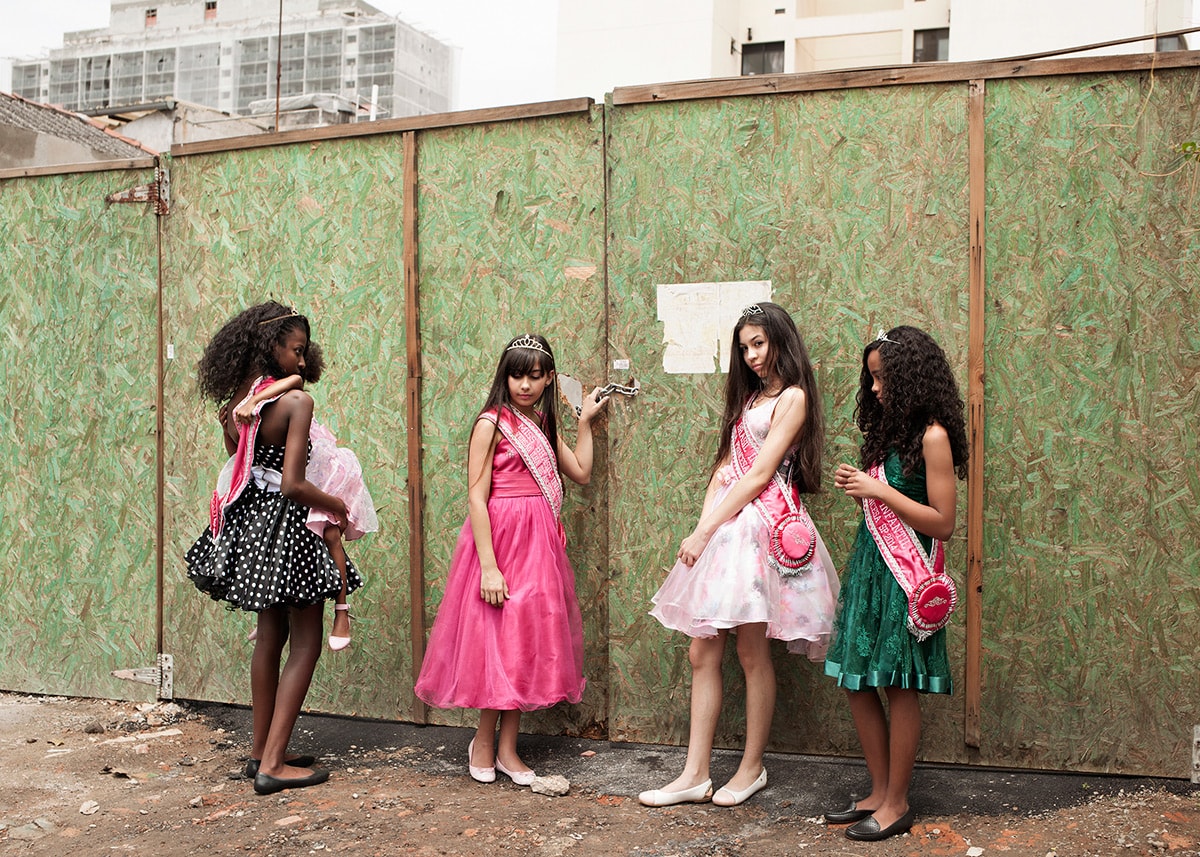
Maysa, crowned Miss Sao Paulo Black Beauty, alongside Carol Ferraresi, Camila Santos Silva, the second princess of Sao Paulo, and Thais Silva, the first Princess of Sao Paulo. Brazil. March 10, 2015.
Meeting Maysa at this contest and taking her photo led Dörr to agree to help Maysa with a modeling portfolio. From there, she went deeper into Maysa’s story, spending time with her family in Brasilândia, one of the most dangerous slums of São Paulo. She got to know Maysa and her family and learn that it was Maysa’s dream to become a model.
Dörr’s edit contained a mix of confrontational portraits, where it is clear Maysa is engaged with the camera, and candid moments at pageants. She has gathered details of Maysa’s young career, including the dress Dörr first saw Maysa in, hanging in a window. The photographs of Maysa with other young pageant-goers show the pressure of competition, layered with the insecurity of adolescence and added strain of racial division.
Dörr’s eye delicately captures those racial tensions present in the beauty industry while maintaining the ethereal feeling of a dream coming true for a girl coming of age. She is with Maysa in moments of trepidation and triumph and as viewers, we get to feel as though we are on the journey with her. The work leaves us cheering her success. It is a story that addresses a very serious issue in Brazil but does not leave one without hope.
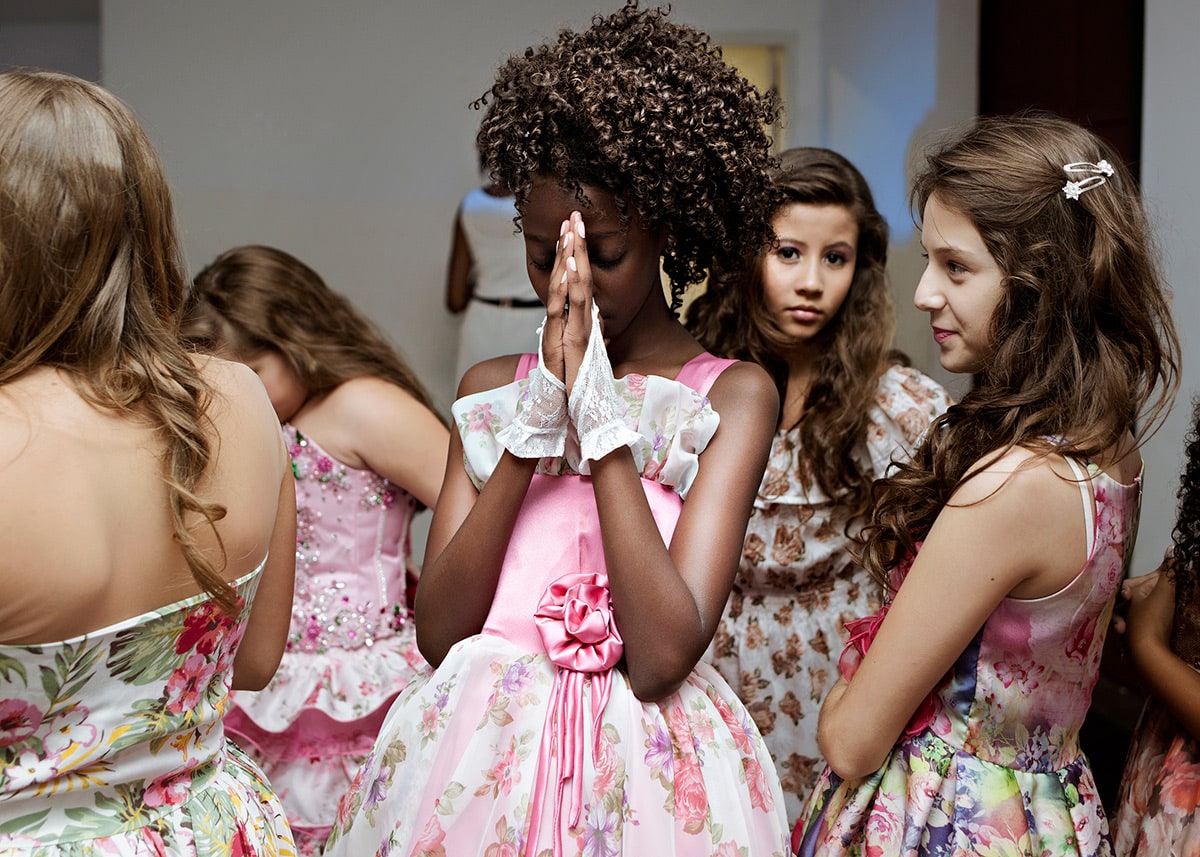
Maysa prays before her turn on stage during the final contest for Young Miss Sao Paulo 2015. Sao Paulo, Brazil. January 21, 2015.
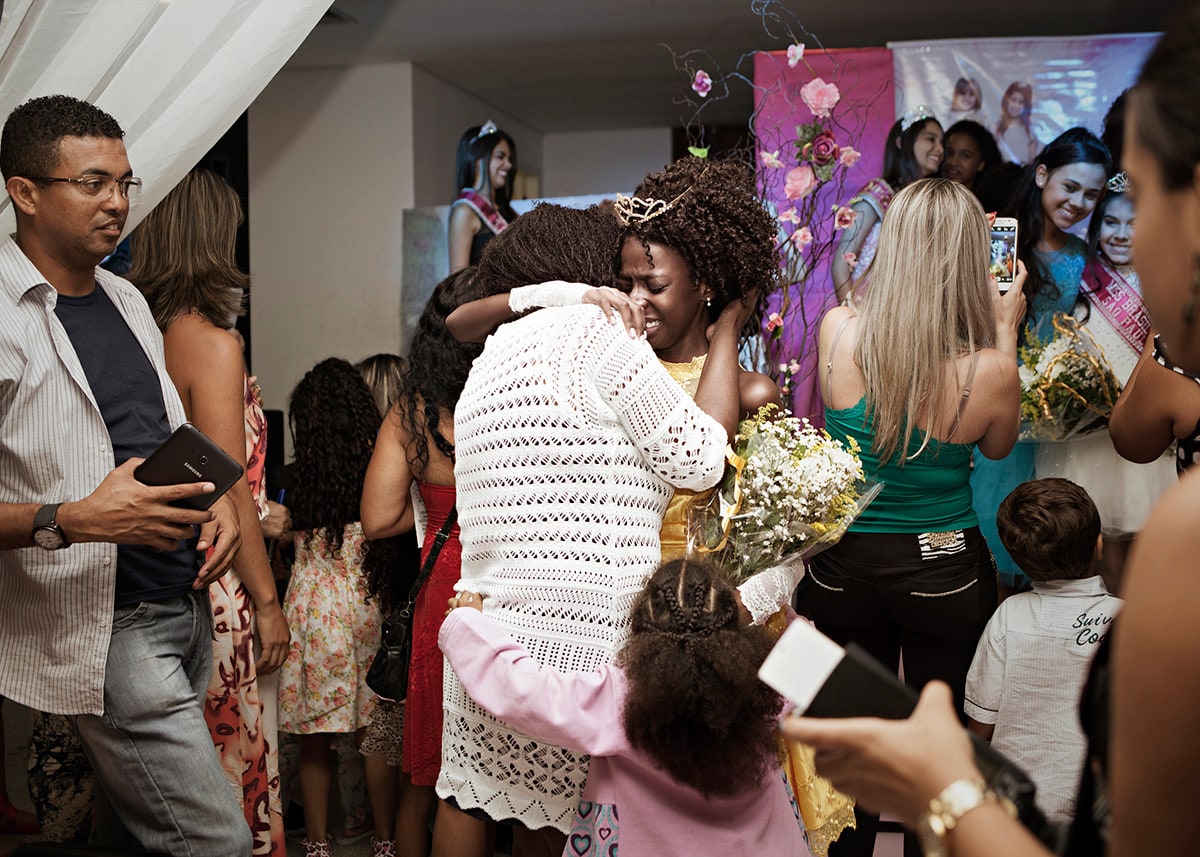
The moment when Maysa won the title for Young Miss Sao Paulo Black Beauty. Sao Paulo, Brazil. January 21, 2015.
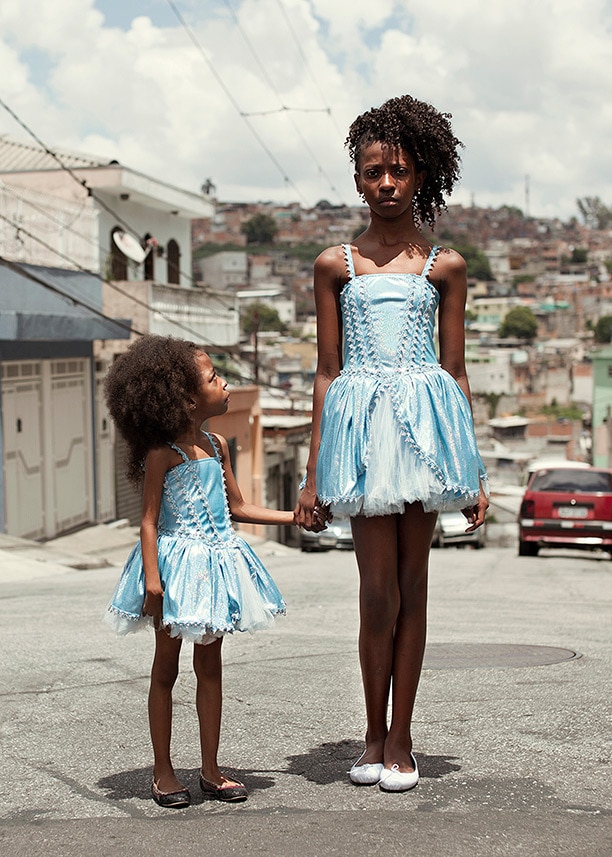
Luana, Maysa's sister decided that she wanted to follow in her sibling's footsteps and be a model. Brasilandia, Sao Paulo, Brazil. August 2, 2015.
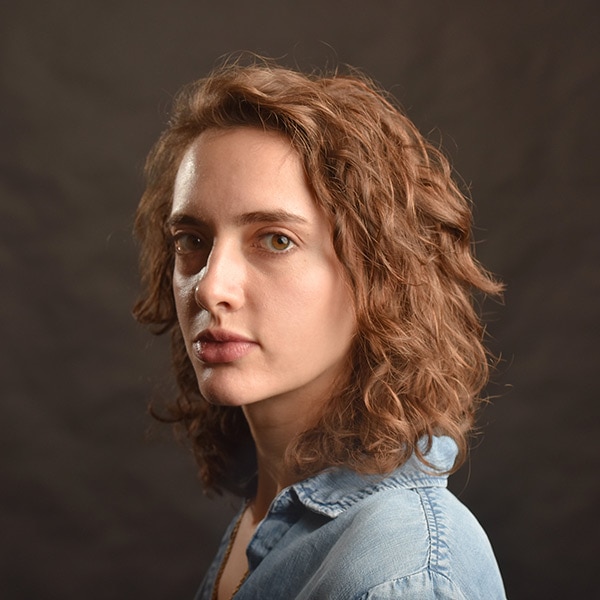
Chloe Coleman is an award winning photo editor at The Washington Post, covering international news and Outlook. She is a contributing writer and editor on the Washington Post’s In Sight photo blog where she has written about and featured contemporary photography, photo books and exhibitions. Her career in photo editing began as an intern at NPR, followed by her first staff position as a digital photo editor at The Denver Post. She attended the Columbus College of Art and Design and is a graduate of the photojournalism program at the Rochester Institute of Technology. Chloe also serves as a faculty member at The Kalish Visual Editing Workshop and was a juror for the Magenta Foundation’s Flash Forward 2018.


